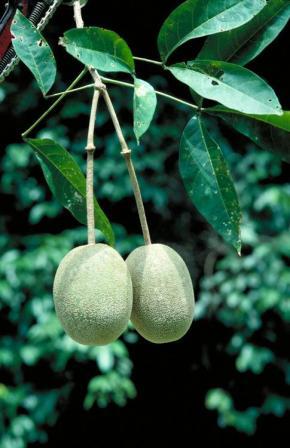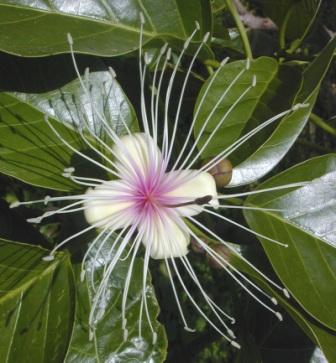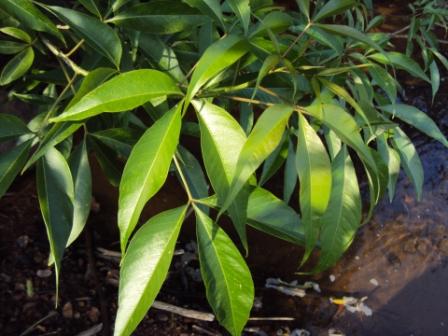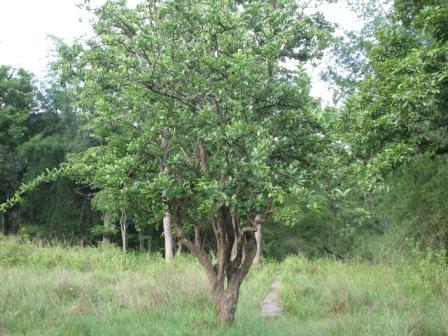





Sacred barma is a slow-growing, briefly deciduous small tree with a much-branched crown of glossy foliage, and an attractive bark conspicuously marked with white spots. It can grow up to 30 metres tall. Often gathered from the wild for its various uses, the tree is also commonly grown near temples and graves in India, where it is considered to be a sacred tree.
China, Japan, India, Sri Lanka, Myanmar, Thailand, Cambodia, Vietnam, Malaysia, Indonesia and Pacific Isles
Natural Regeneration By seeds. Seed collection Storage 1. The seeds are collected from the fully ripen fallen capsulses rom the ground. 2. Seeds are dried in the sun. 3. The viability of the seeds 3-6 months. About 2000-3350 seeds/kg. 4. The germiation and plant percentage are 74 and 73% respectively. Pretreatment 1. No pre- treatment is desirable. Nursery Technique 1. The plants are raised in the baskets or deeep narrow pots. 2. The seeds are directly sown in the basket or container with the ball of earth.
1. The 30 cm height seedlings are selected for planting. 2. Root pruning is not effect on the growth of the Sacred barma nursery stock. 3. Small leaf Sacred barma seedligs grow up rapidly than either for the first two years however, after 7 years both hybrid and big-leaf were significantly taller than small-leaf.
Fire protection: Fire protection measures should become essential part of the management plans. Weeding : Hoeing and weeding is done during first few years of growth. Pest & Disease: The tree suffers from heavy insect invasion. The toon shoot borer, Hysipyla robusta and and woody stems are Zeuzera coffeae.
For proper growth and survival it is necessary to give one or two waterings after planting. This is specifically required in arid regions. Irrigation after planting is not a prerequisite in areas having sufficient soil moisture and precipitation. Higher survival rate and better rate of growth is reported when soil and water conservation measures are also adopted.
Rotation :10 years